| T O P I C R E V I E W |
| nalslan |
Posted - 29/01/2013 : 13:52:55
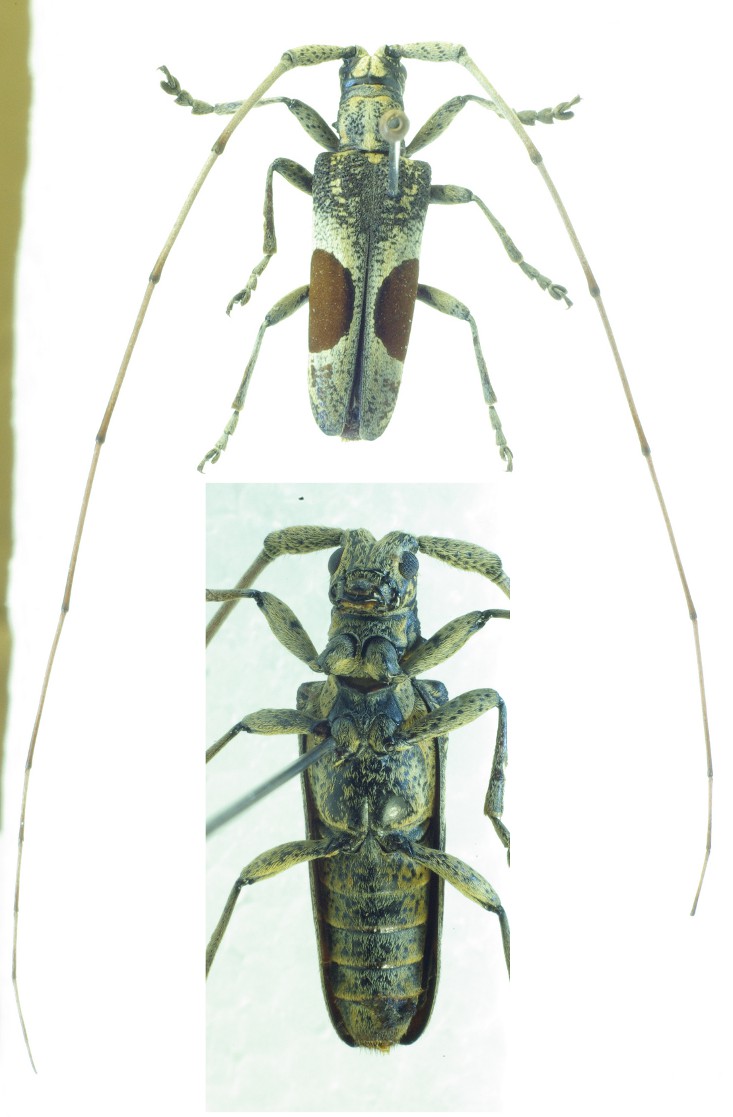
Another one also from Guizhou, China.
Bi has said that it could be a Uraecha on his first sight.
I found it has a mesosternal process which a Uraecha should not have. So I got lost.
Any idea?
Thanks. |
| 10 L A T E S T R E P L I E S (Newest First) |
| nalslan |
Posted - 01/02/2018 : 03:29:23
Nice. Can you post source detail? Or even better, a copy of pdf? Thank you! |
| Xaurus |
Posted - 31/01/2018 : 15:08:02
this species is now described as Annamanum magnum Holzschuh, 2017
|
| nalslan |
Posted - 09/03/2013 : 02:30:06
Thank you Francesco! That makes things clear!
Though I am still hesitating a little bit on the ratio of the patch position at the elytra. |
| Francesco |
Posted - 08/03/2013 : 18:10:16
I have tried to improve your picture that is fairly clear on my PC; this is the result:
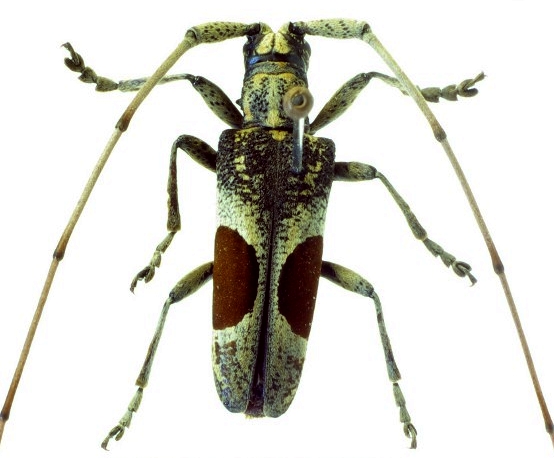
This species has nothing to do with Annamanum lunulatum, which is grey with a black spot. Here:
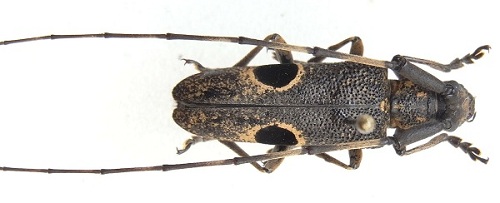
The image of Ponpinji's paper seems to be wrong; it should be Annamanum rondoni Br. Here the type:
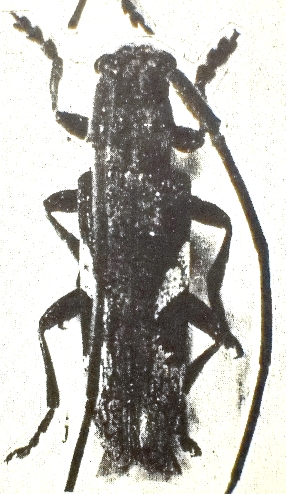
On the contrary, this is the pattern of A. chebanum (Breuning, 1944):
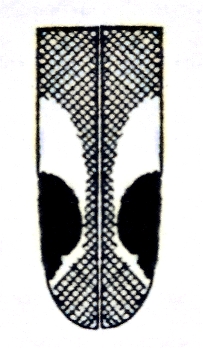 |
| nalslan |
Posted - 08/03/2013 : 15:50:02
Many thanks to Francesco again and Andreas.
I noticed that my beetle is alike Annamanum lunulatum (Thanks to Xavier, Bi and others on the forum for posting relative materials and photos) but I could not conclude that they are the same species.
I went to check Annamanum chebanum today and found the original description, and found how it said about the patch on elytra:
quote:
"...each with a somewhat roughly triangular velvety brown patch at the side just behind the middle ; this patch bounded in front and behind by an oblique dirty white patch which appears to be almost impunctate..."
So it raised my concern on the shape of the patch. I don't know how to get access to type photos from The Natural History Museum of London for the A. chebanum. Fortunately, I found a picture (fig. 2 f) of A. chebanum in Ponpinji (2011)'s checklist of Lamiinae in North Thailand (www.cerambycoidea.com/titles/ponpinij2011.pdf). I think my beetle is slightly different from A. lunulatum. I'll keep looking for others in the genus.
Thanks again to all of you!
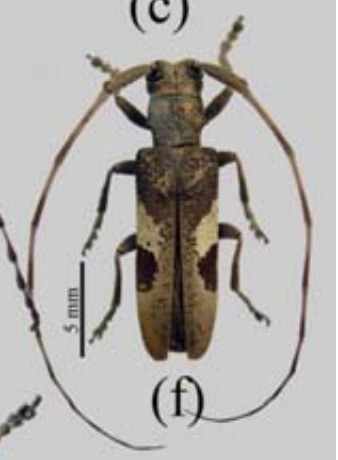
73.94#160;KB |
| Xaurus |
Posted - 07/03/2013 : 22:34:06
this spms looks like Annamanum lunulatum (Pic) but with really big black spots, in Annamanum the mesosternal processus should be enhanced and vertical declined anteriorely vice in Uraecha.
bG
Andreas |
| Francesco |
Posted - 07/03/2013 : 20:05:39
It should be Annamanum chebanum (Gahan, 1895)... originally described as Uraecha. |
| nalslan |
Posted - 01/02/2013 : 11:54:04
Thanks Max and Francesco!
So the another two I posted may also be Annamanum too. 
http://www.cerambycoidea.com/forum/topic.asp?TOPIC_ID=14549
http://www.cerambycoidea.com/forum/topic.asp?TOPIC_ID=14548 |
| Max |
Posted - 31/01/2013 : 17:43:43
I have a discreet idea - Annamanum sp.  |
| Francesco |
Posted - 29/01/2013 : 19:32:52
I am not sure that this beetle belongs to Lamiini. |


